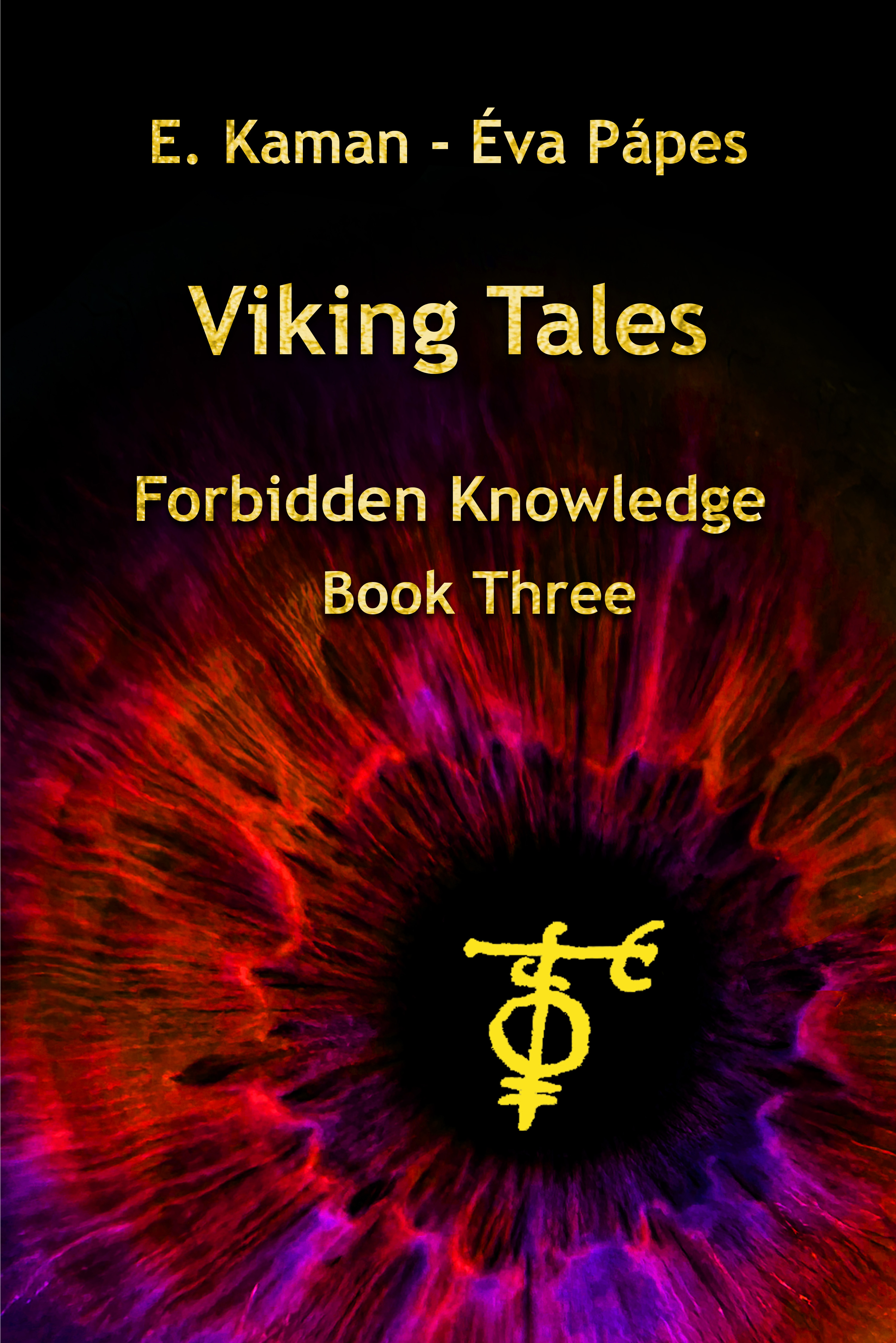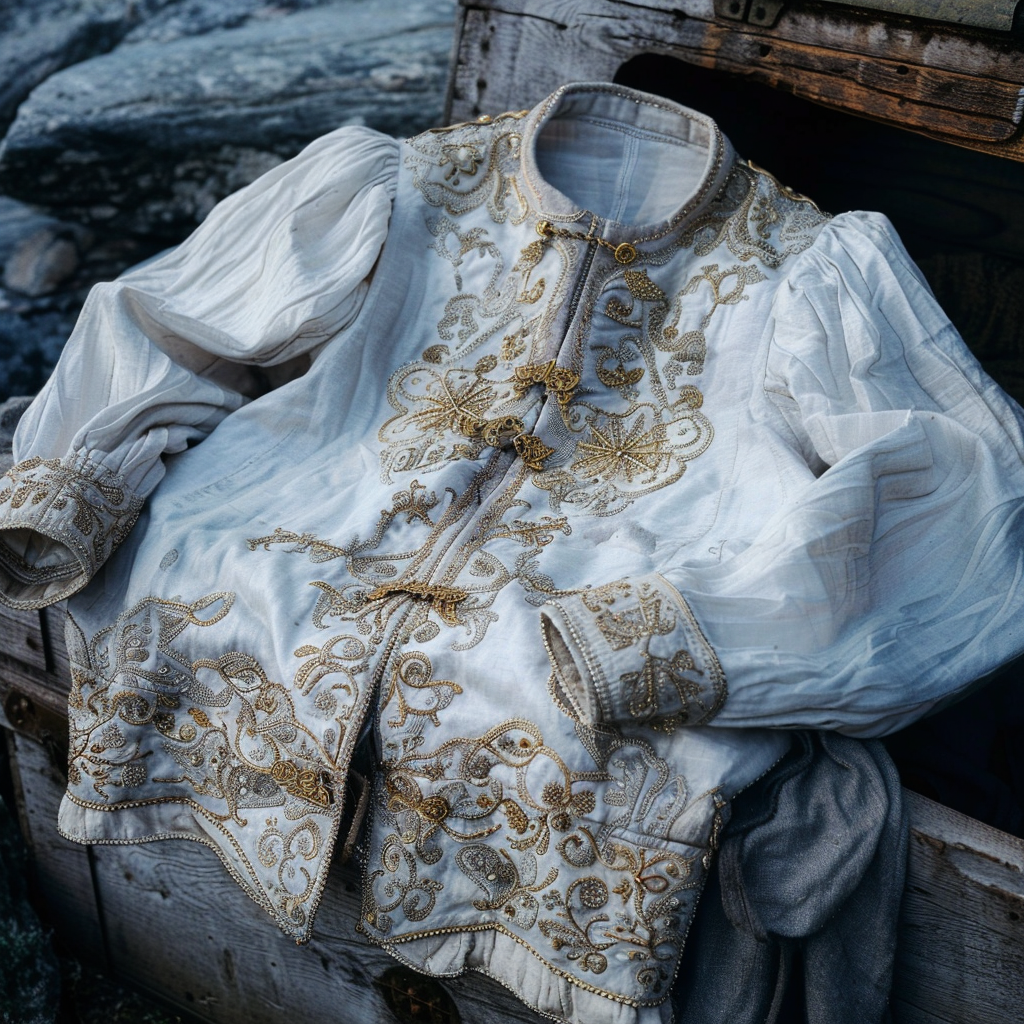




In the third installment of the Forbidden Knowledge series, readers are treated to a captivating journey through the enigmatic realm of Old Norse magic. Drawing from the rich tapestry of sagas, this volume presents forty odd stories that serve as windows into a world where the boundaries between the mundane and the magical blur.
Divided into sixteen meticulously crafted chapters, each dedicated to a different aspect of magic, the book offers a comprehensive exploration of practices ranging from divination to spirit travel, from healing rituals to the potent poisons. Each chapter, containing one to five stories, not only showcases the diverse manifestations of magic but also provides valuable insights into the cultural and historical context in which these practices thrived.

In the first chapter, 'Divination', we explore the methods used by Vikings to glimpse into the future or gain insight into current situations.
'Spirit travel' chapter: Vikings believed that different realms existed alongside the physical world. Spirit travel involved shamanic journeys or astral projection to traverse these realms.
In times of conflict, Vikings employed magical tactics to gain an advantage in battle. Described in the 'Magical tactics' chapter, this could include rituals to bolster morale, practices to weaken enemies, or granting victory for a price.
Protective magic encompassed rituals, objects, and protective layers of spells used to ward off evil influences and protect the body from harm by weapons.
'Weather Magic' chapter: As seafaring people, Vikings were particularly attuned to the whims of the weather. Weather magic involved spells and rituals as attempts to control or influence weather patterns through magical means.

'Healing Magic' chapter: Norse society placed great importance on physical and spiritual well-being. Healing magic encompassed a range of practices, from herbal remedies and folk medicine to rituals involving incantations and sacrifices to invoke divine aid in curing ailments. Sometimes, attempts to heal were used maliciously. One story involves healing practices resulting in death due to the deliberate misuse of magic.
Among the most intriguing and mystical practices of the Norse sagas is shapeshifting, where individuals can transform into animals or other forms. The 'Shape-Shifting Magic' chapter explores the tales of individuals who possessed the ability to shapeshift, the rituals, and magic associated with this transformation. (About the significance of shapeshifting in Norse mythology and society, see the second volume Viking Magic).

Vikings were skilled in the art of illusion and deception, using magic to create illusions to confuse enemies or conceal their actions. This chapter examines the use of illusions in warfare, plunder, and everyday life.
Magic was often used to bind men or supernatural beings to a particular fate or condition. The 'Binding and Release' chapter explores the rituals and spells used to bind and attempt to release, often with profound consequences.
Love and desire were also powerful motivators in Norse society, and magic was often employed to influence romantic relationships or attract desired partners. The 'Affairs of the Heart' chapter delves into the use of love spells and potions in matters of the heart.
 In a society where honor and reputation were paramount, curses were a potent weapon. The 'Curses' chapter explores the use of curses to bring harm or misfortune upon enemies, rivals, or those who had wronged the caster. Building upon the theme of curses, hexes were particularly malevolent spells designed to inflict suffering or destruction upon their targets. The 'Hexes' chapter presents one long tale to illustrate the effective use of a runespell as a hex.
In a society where honor and reputation were paramount, curses were a potent weapon. The 'Curses' chapter explores the use of curses to bring harm or misfortune upon enemies, rivals, or those who had wronged the caster. Building upon the theme of curses, hexes were particularly malevolent spells designed to inflict suffering or destruction upon their targets. The 'Hexes' chapter presents one long tale to illustrate the effective use of a runespell as a hex.
Herbalism and the Brewing of Poisons: Vikings were skilled in the use of herbs and potions for both healing and harming. This chapter explores the practices of herbalism and poison brewing, highlighting the fine line between medicine and poison in Norse society.
The last story depicts how the common people reacted when they found themselves up against a powerful sorceress. They couldn't unmask the sorceress without the help of another sorceress, and they imposed the death penalty on the one they thought was guilty of evil deeds.